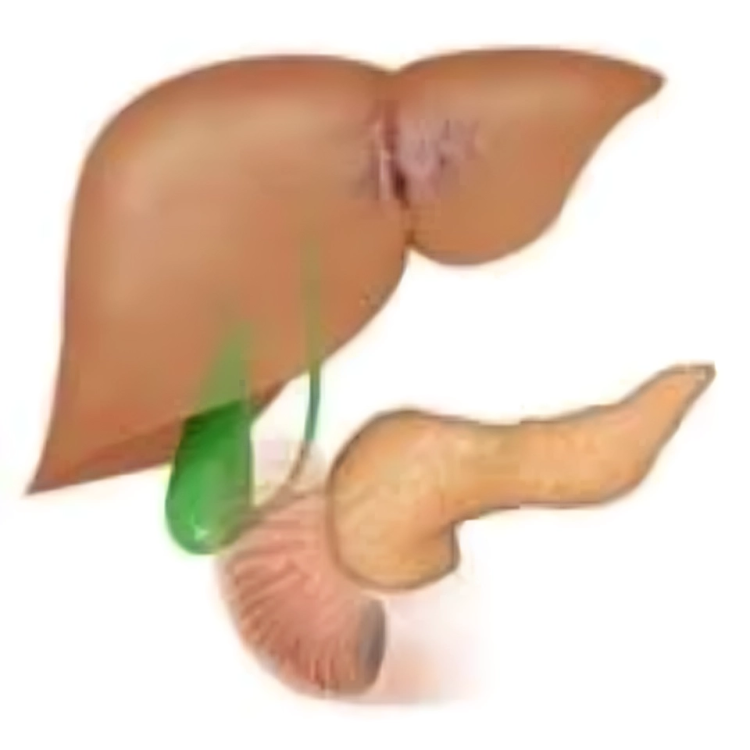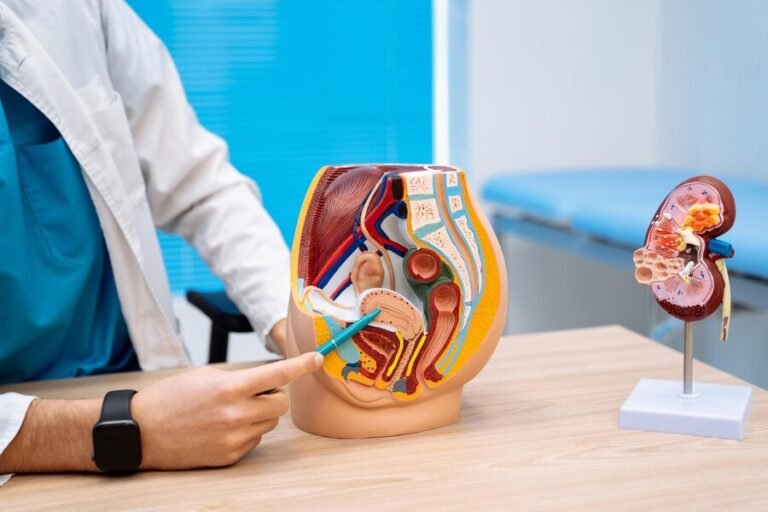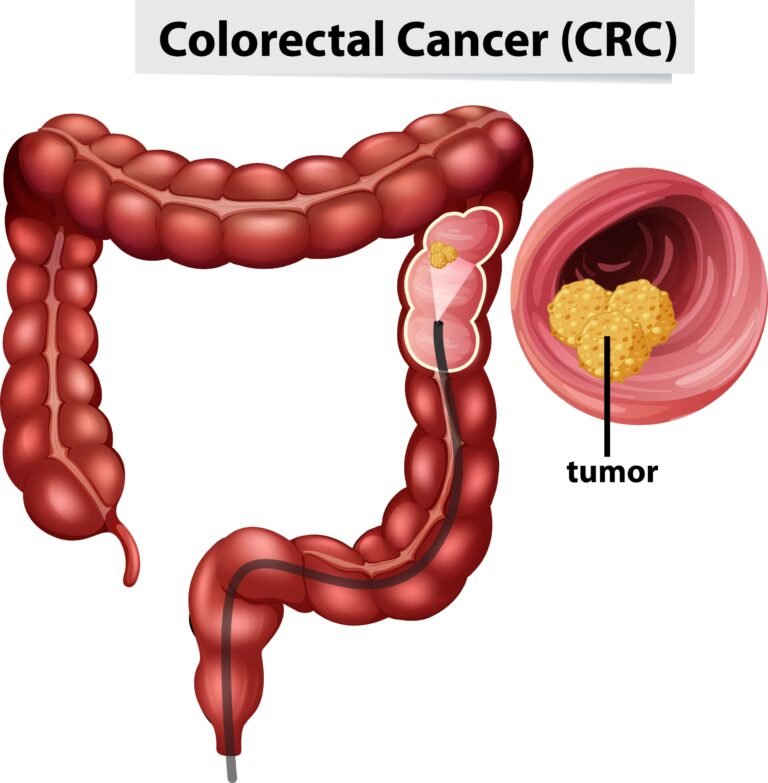Navigating Life with Cerebral Palsy: Understanding Challenges and Empowerment.
Cerebral Palsy (CP) is a complex neurological condition that affects individuals from early childhood and can shape various aspects of their lives. This article aims to provide a comprehensive understanding of cerebral palsy, exploring its causes, common manifestations, challenges faced by individuals with CP, and the empowering strategies that foster a fulfilling life despite the condition.
Understanding Cerebral Palsy
- Neurological Basis: Cerebral Palsy is a group of permanent movement disorders that arise from damage or abnormal development of the brain, particularly in areas that control motor function. This damage occurs before, during, or shortly after birth.
- Types of Cerebral Palsy: CP is classified into different types based on the patterns of movement and affected body parts. These include spastic, dyskinetic, ataxic, and mixed types. The severity and combination of symptoms vary widely among individuals.
- Causes and Risk Factors: The causes of cerebral palsy can be diverse, including prenatal factors such as infections or maternal health issues, complications during childbirth, or postnatal factors like brain infections or head injuries. Certain risk factors, such as premature birth or low birth weight, may increase the likelihood of CP.
Challenges Faced by Individuals with Cerebral Palsy
- Motor Impairments: The primary challenge of CP lies in motor impairments, which may manifest as spasticity, stiffness, muscle weakness, or involuntary movements. These difficulties can affect mobility, coordination, and fine motor skills.
- Communication and Speech: Many individuals with CP may face challenges in communication and speech due to difficulties in controlling the muscles involved in these processes.
- Social Stigma and Inclusion: Societal attitudes and misconceptions can contribute to the stigmatization of individuals with CP. Achieving full inclusion in educational, employment, and social settings can be a persistent challenge.
- Health Complications: Individuals with CP may be more susceptible to associated health issues, including respiratory problems, orthopedic concerns, and difficulties with daily activities such as eating and dressing.
Empowerment and Strategies for a Fulfilling Life
- Early Intervention and Rehabilitation: Early intervention through therapies such as physical, occupational, and speech therapy is crucial in maximizing the potential of individuals with CP. Rehabilitation efforts focus on enhancing functional abilities and minimizing limitations.
- Assistive Technology: Technological advancements have paved the way for assistive devices and technologies that empower individuals with CP. These may include mobility aids, communication devices, and adaptive tools for daily activities.
- Educational and Employment Opportunities: Advocacy for inclusive education and employment opportunities is essential. Tailored support, accommodations, and awareness campaigns contribute to breaking down barriers and promoting equal access.
- Community Support and Advocacy: Establishing a supportive community and engaging in advocacy efforts can empower individuals with CP and their families. Raising awareness about cerebral palsy fosters understanding and encourages inclusivity.
Conclusion
Cerebral Palsy presents unique challenges, but with the right interventions, support, and advocacy, individuals with CP can lead fulfilling lives. By fostering a society that values inclusion, embraces diversity, and provides the necessary resources and opportunities, we can empower those with cerebral palsy to overcome obstacles and achieve their full potential. Ultimately, a collective commitment to understanding, acceptance, and empowerment can shape a more inclusive world for everyone.








